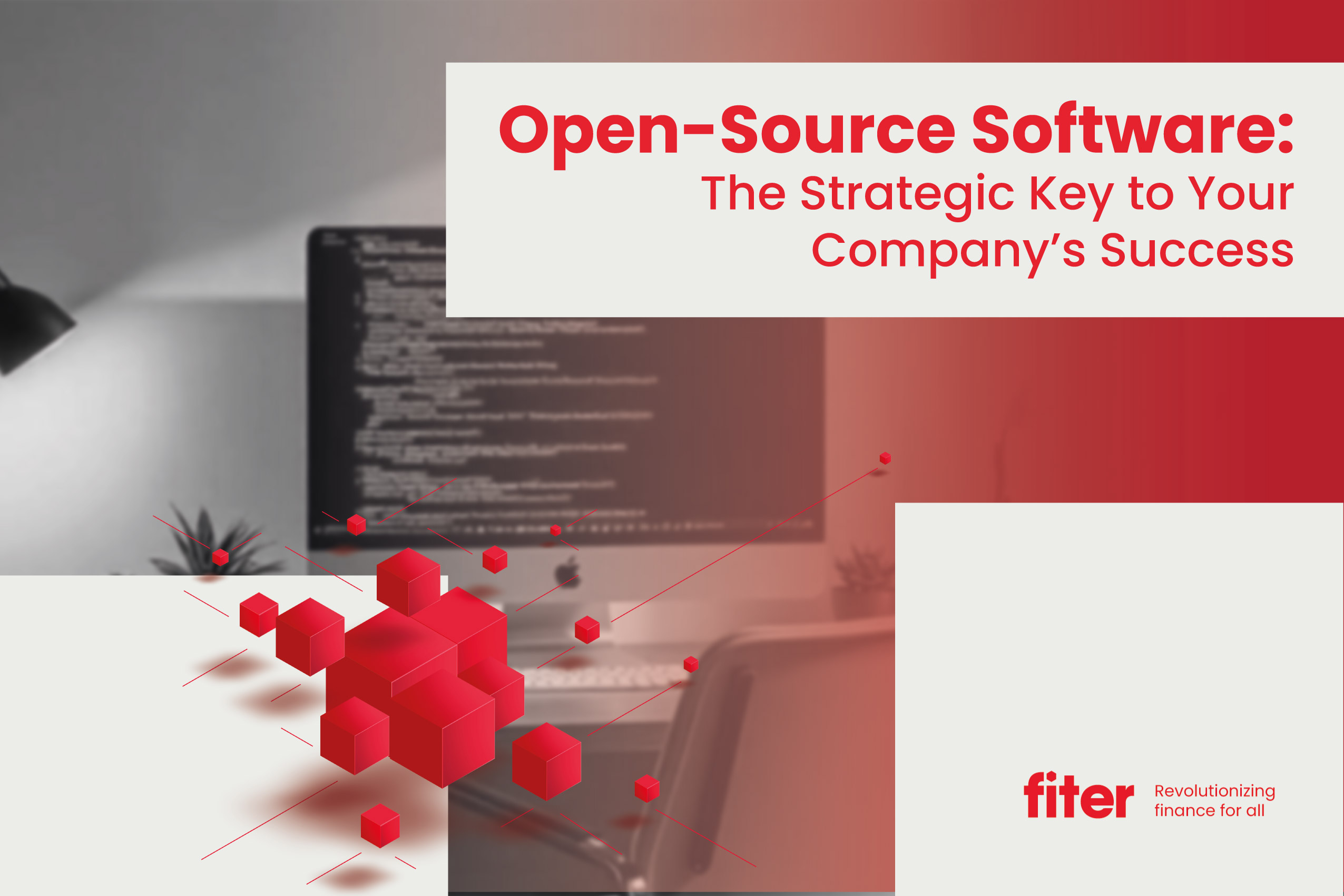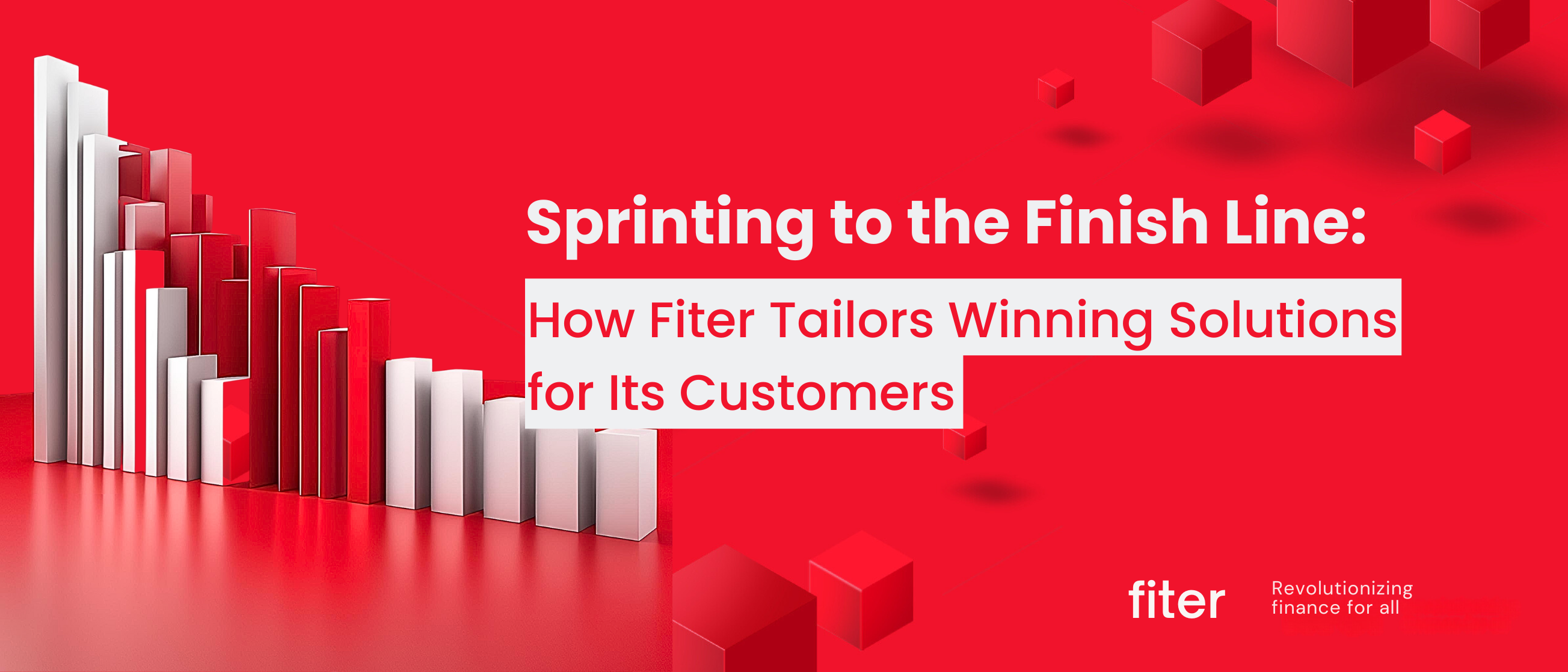The financial community is seeing a trend in recent years of an increasing number of fintechs migrating to the open-source Fineract community and leveraging their capabilities on top of the Apache Fineract platform. We got together with Javier Borkenztain from Fiter for a session on understanding what is sparking the trend and the pivotal role Fiter is playing in bringing new users, companies, and vendors to the community.
What types of financial companies are there?
Fiter divides the banking solution vendors into three categories:
1.First Tier: These are the big, multinational fintechs that operate globally and generate $500M – $1B in annual revenues.
2. Second Tier: Regional companies: Companies that generate tens to hundreds of millions of dollars in annual revenue and operate regionally. These companies cover big countries or egions, but they are not global. They have regional coverage and excel within their region.
3.Third Tier: Small companies: Companies that operate in a single country, with 60-80% market share within that country.
Fineract today operates in the second and third tiers, competing with the local and regional vendors, operating regionally but with the capability to deliver a global product.
What are some of the challenges fintechs face?
Fintechs face many challenges that can be supported by joining an open-source community. Some of these challenges are:
1. Differentiation and IP retention: Many fintechs are startups. As a startup, you want to build something innovative while retaining your intellectual property (IP), because your valuation will be substantially higher with intellectual property rather than with just having resources or clients. Anyone opting to build something or offer their clients different uses, a different UX or UI, a different experience than what the local competition is offering, would benefit from building it on a platform that’s different from what the competition is using.
2. Limited resources: Often startups have limited resources and would therefore benefit from directing these resources toward development rather than toward buying software that’s already available as open source. The Fineract community is an open-source community of developers and business leaders and is free of license fees.
3. Creative flexibility: Proprietary software owned by the proprietary software vendor does not enable external contribution, so it does not allow you to build on top of it.
Which types of fintechs use Fineract?
1. Online lending fintechs: The same way that ecommerce is overtaking retail, so are online lenders overtaking brick and mortar financial institutions. Online lenders are very interested in using Fineract as their core banking platform and their numbers are growing. This is one of the biggest and hottest spaces. The lending fintechs that are using Fineract are mostly online originators that have no branches. They are pure ecommerce, and the product of the sales is money.
2. Neo banks / Digital banks: banks that are fully digital with all the capabilities of traditional banks but without the branches. Neo banks need to build their presence on top of a robust platform and some of them are choosing Fineract as their core application. They face the same issues with proprietary software and are migrating from their current vendor to Fineract to maximize the potential and the benefits of an open-source platform.
3. E-wallets: e-wallets are an account linked to a debit card that allows them to pay and use that debit card either digitally or in a brick-and-mortar establishment. These e-wallets are also using Fineract as their core banking application to store their accounts. They can use the Fineract capabilities to create an account, track transactions, generate new accounts, KYC, etc.
4. Peer-to-peer lenders: peer-to-peer lenders face two challenges simultaneously: choosing borrowers that are able to pay back the loan and finding 1-2 lenders for each borrower. They need to focus on building these two communities at once, which is very complicated. Fineract allows peer-to-peer lenders to modulate, replicate and track the life cycle of their asset, the loan, as well as the interest rate. With Fineract, they can track the borrowed amount and the invested amount.
5. Payments and collection companies: these are companies that create a network of physical agents, usually kiosks. The agents are typically a merchant with a device, POS or Android, with an app inside. We see some of them using Fineract as their core application to replicate and to modulate their business.

Why are fintechs migrating to Fineract?
These are the top reasons based on my experience with Fineract:
A. User volume equivalent to major player: based on an estimate of 1000 global financial institutions running their operations on Fineract, Fineract stands shoulder to shoulder with the first tier global fintechs.
B. Connections: Financial institutions shifted from being a big money safe to being valued for their connections: connections to payment networks, to agents, to credit cards, debit cards. As a digital company, the more connections you have, the more valuable your company, and the more value you give your clients. The API functionality is one of the main reasons fintechs are migrating to Fineract in order to stay relevant.
C. Full web capability: local and regional brick-and-mortar financial institutions are still using technology from the ‘90’s, ‘80s, or even older, as well as mainframes and COBOL as their software. There is a great deal of value being able to just open a web browser and use the system anywhere and everywhere without having to invest in servers and infrastructure.
D. Cloud-ready: Fineract is cloud-ready. The software runs on the cloud which makes it very valuable to fintechs that want to be nimble without being weighed down by huge infrastructure. The Fineract pay-per-use model is a huge advantage for the fintechs using it. Fineract can be implemented on any open cloud, private cloud or on premise. We’ve seen implementations and live implementations of Fineract on Google Cloud, Amazon Cloud, Microsoft Cloud. We also anticipate it being implemented in the Red Hat cloud in the near future. Fineract is agnostic in whichever infrastructure you want to implement it.
E. Fineract 1X features: Fineract 1X has an incredible number of features and growing. Fineract is different from other open-source projects in that you don’t need to be an expert or a technical person to use it. Financial experts are not technical people or coders or programmers. Fineract’s rest API architecture allows easy-to-configure financial products for non-programmers. That is something that is very unique and empowering to fintechs. Fineract is a tool that has an end, and one of the few projects around the world that is successful in doing this. The software is easy to learn which allows fintechs to be productive running the system in a short timeframe. Fiter offers training for developers, an advanced training program and a basic training program.
In Fineract, a community outperforms individuals. Fintechs are realizing the many benefits of Fineract and the trend of fintechs migrating to Fineract is growing. The expectation is that eventually the community building Fineract will overshadow proprietary software vendors due to its strength in numbers and growing global contribution toward a joint cause. The community will continue to grow and to strive to create a standard operation mode for financial institutions and financial service providers. Reach out to us at hello@fiter.ioto learn more about the Apache Fineract community and how Fiter can leverage the power of open source for your business.











